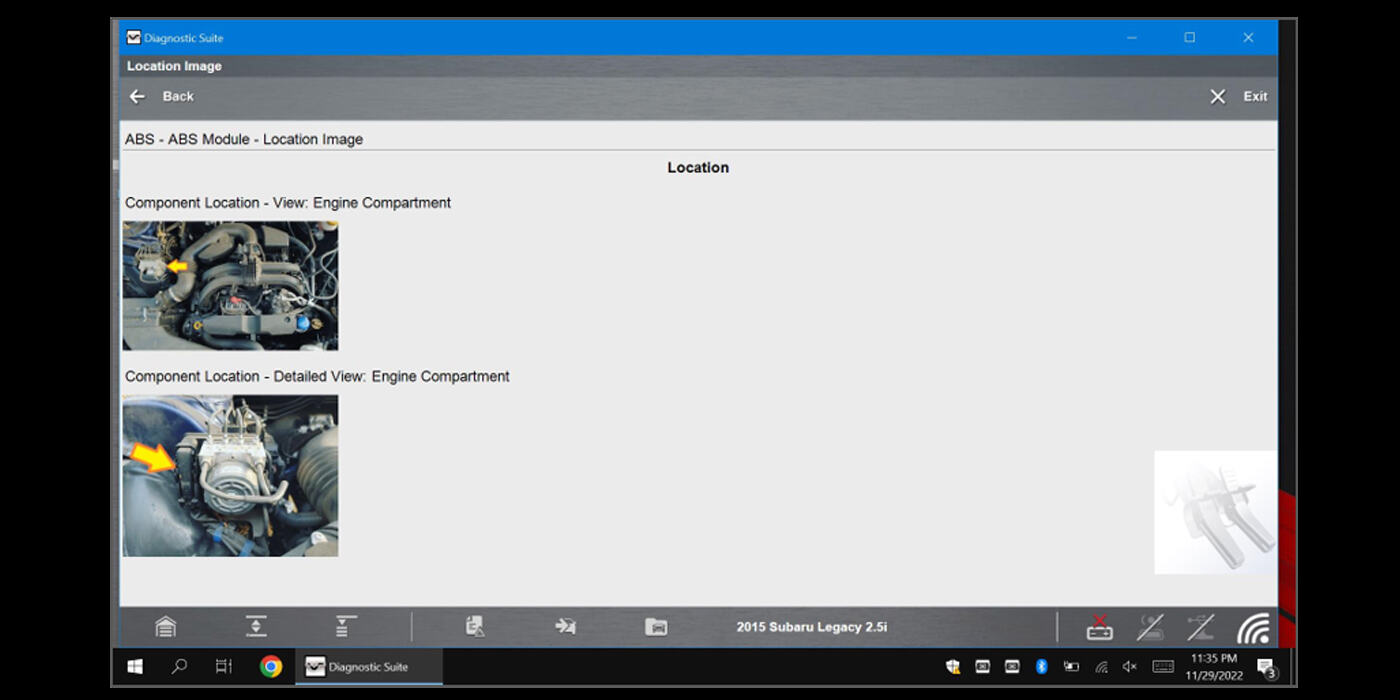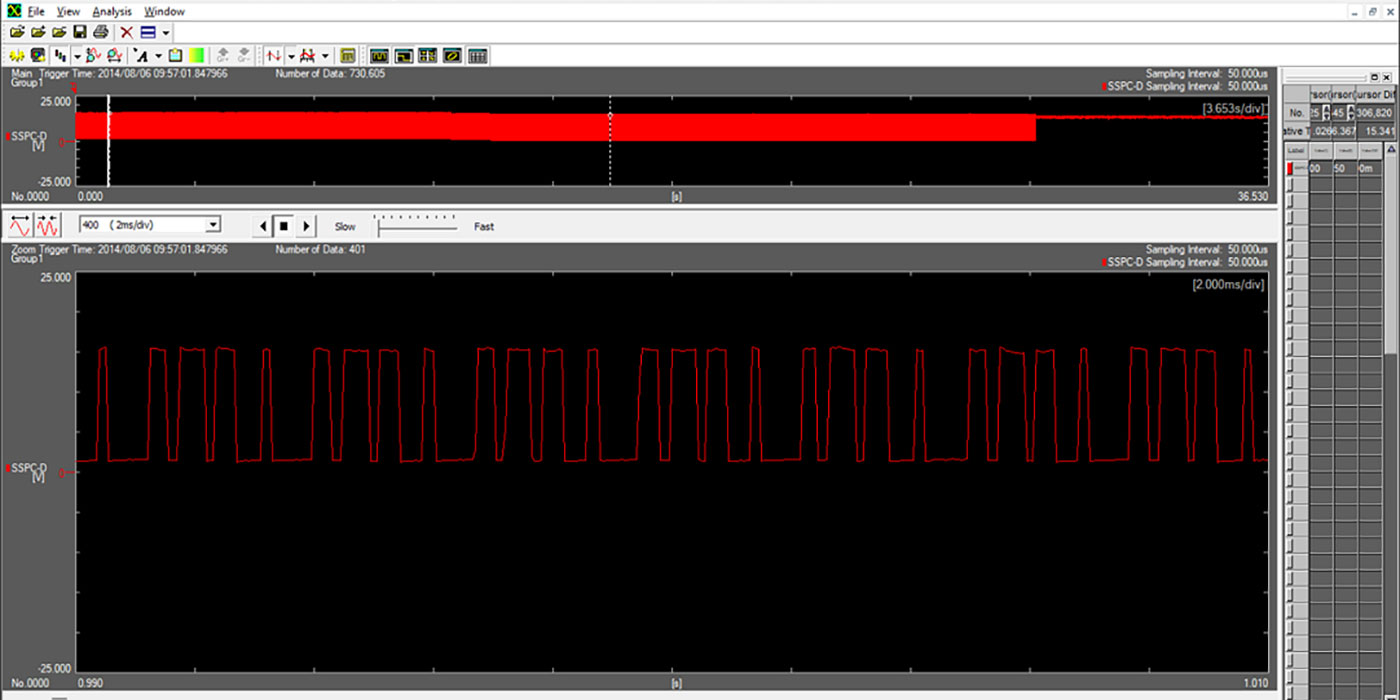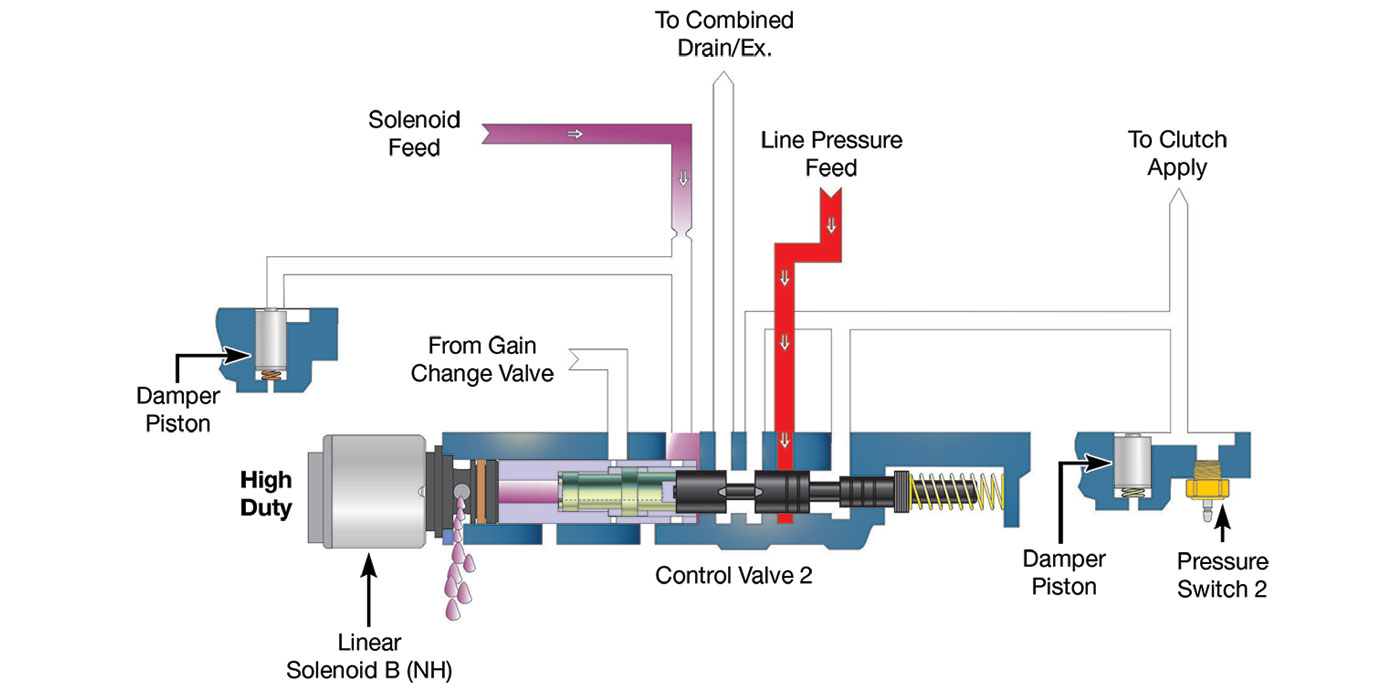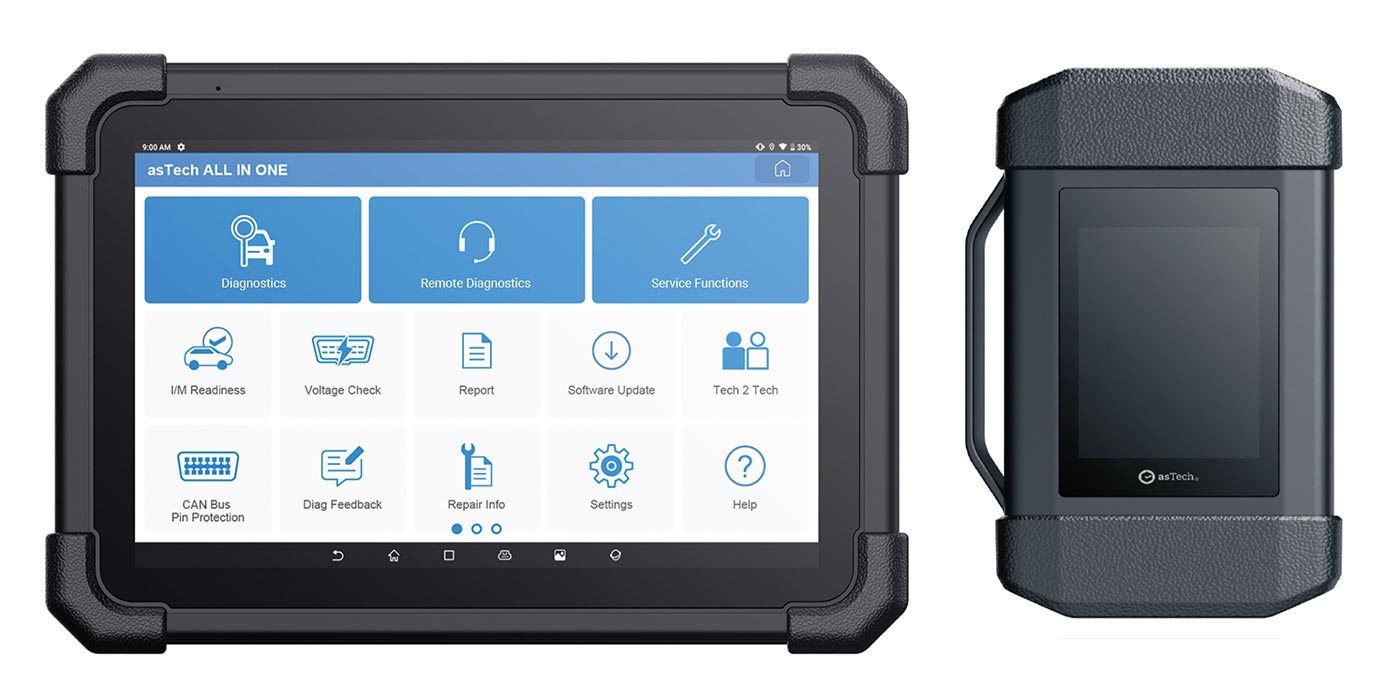
Up to Standards
- Author: Mike Weinberg, Contributing Editor
In the first installment of this article we discussed the importance of developing a standardized method for resolving transmission problems. Creating a problem-solving strategy that includes the following steps, to be performed the same way every time, will be the foundation of increased profitability for the shop:
- A thorough, complete inspection of the vehicle
- In-depth communication with the customer
- Written communication among all departments in the shop concerned with the problem
- Improved understanding of technical theory by shop personnel.
When you arrive at a formula that fits your operation, it must become what the Army used to call SOP (standard operating procedure) for handling technical problems, comebacks, never-lefts, initial diagnosis and root-cause failure analysis. Throw away the shotgun approach, stop making assumptions and follow the methodical process that you design to lead you to consistent problem solving. Let’s look at some real-world scenarios.
Customer Complaint
Severe wheel hop and driveline bind-up in a late-model Jeep. The problem occurs only in four-wheel drive. A road test verifies the complaint. The road-test technician notes that the customer had the front differential replaced in August last year and there were no problems until December, when it snowed and the customer tried to use four-wheel drive.
Vehicle inspection finds lube fill and type are correct on all driveline components. All tires measure the same diameters, and pressures are matched and correct. Since the front differential was replaced, the rear driveshaft is removed and the vehicle driven again in four-wheel drive. The differential operates correctly, and there is no wheel hop or bind-up.
Theory Review
The transfer case is operating properly. Both differentials work properly as long as power is not going through them simultaneously. The only possibility at this point is that there is a difference in ratios between the front and rear differentials. The next step is to remove both differentials’ covers and determine their ratios.
Conclusion
The rear differential, which is original, has a 3.73 ratio. The front differential, in which a different shop replaced the ring and pinion, has a 3.55 ratio. Replacing the front ring and pinion with the 3.73 ratio solves the problem, and with matched ratios four-wheel drive works correctly.
Customer Complaint
A 1993 Ford F 350 pickup equipped with a 7.3-liter diesel and a five-speed ZF standard transmission comes into the shop with a complaint of transmission noise. This unit was rebuilt by this shop and is still under warranty; the unit has been on the road for eight months. The road test confirms noise in all gears and neutral. The transmission shifts perfectly, and the noise decreases at about 2,000 rpm in all gears. The clutch, which was replaced during the original repair, operates correctly. The customer is convinced that that the noise is in the gearbox. The road-test technician notes on his checklist that the engine has a rough idle and there is a low-grade miss.
Theory Review
We know that the transmission and clutch operate correctly, and we have to determine the cause of the noise. A bearing noise always increases with engine speed, and a gear noise will change pitch with changes in speed and will be quieter in 4th gear (direct drive) when no power is flowing through the counter gear. The red flag here is the rough idle and low-speed miss in the engine. A bad or out-of-time injection pump or leaking injectors can cause the miss. Additional tests are in order.
With the engine idling, the transmission in neutral and the clutch engaged, the noise is present. Slowl increase the engine’s idle speed and note at what speed the noise goes away. At 2,000 rpm the noise is gone.
Now the truck is placed on a lift, and the transmission is drained of fluid and a PTO cover is removed. The engine is started again, and the technician under the truck can see the gears “dancing” from the engine vibrations. As engine speed is increased to 2,000 rpm, the gears visually smooth out and the noise goes away. This noise is neutral gear rattle and is caused by harmonic vibrations from the engine rattling the geartrain. These types of noise also could be caused by a bad dual-mass flywheel or a worn, damaged or incorrect clutch disc.
Solution
Permission is obtained from the customer to check the injectors, adjust the pump timing and correct any other problems with the injection pump. After the engine is running properly, the problem is gone. A common mistake that many shops make is to assume automatically that the complaint must be a product of their previous workmanship. Look at every problem as if you had never seen it before, and don’t let anything cloud your judgment.
Customer Complaint
An M5R1 2WD transmission in a Ford Ranger is making a strange whining noise and is hard to shift. Road-testing confirms the complaint, and in conversation with the customer, the road test technician learns that the problem began after a local garage changed the transmission fluid. A thorough inspection of the truck finds everything is in good order except that the transmission is filled with 90-weight gear lube.
Theory Review
The factory fill for this unit is ATF. Draining the 90W and replacing with ATF instantly gets rid of the noise, and within a few minutes of road testing, the shifts become smooth and easy. The correct type of oil is critical to proper operation of the trans. Oils heavier than specified will create shift problems, as the ring cannot exhaust the heavier oil from the speed-gear cone and the ring will skid, causing hanging, notchy, high-effort shifts.
Understanding the operation of the M5R1 transmission leads us to look at the oil slinger on the input gear, which pushes lube through the front input bearing. Thick oil causes this semi pump to cavitate, making noise.
An incorrect lube can create many problems. An example is the NV T 350 five-speed transaxle used in the Chrysler Neon. These transmissions must use RSG9417 fluid and NO other. If any other type of oil is used in this unit, the synchronizers will make noise and have a rapid failure rate.
Customer Complaint
A late-model Jeep is towed into the shop with the transfer case in pieces. The NV 242 transfer case has the chain hanging down off the mainshaft, and all of this is in clear view because most of the case is now shrapnel littering the interstate. The shop knows what happened but not why. How do you evaluate the damage and find the root cause of the failure?
The customer says the Jeep was driving fine but had some wheel hop while going around corners. Resist the tendency to believe that just replacing the transfer case will solve the problem. The vehicle cannot be driven, but we must do our thorough check-out routine. The transmission appears to be OK, tire pressures are matched, but the stagger gauge shows the two front tires are smaller in diameter than the rears. There isn’t much left of the transfer case, but it still needs to be disassembled and checked out. The chain tells a story, for it is very stiff and inflexible. A new drive chain for an NV 242 is extremely pliable and can be folded into a handful when it is new.
Theory Review
Understanding the operation of the NV 242 transfer case points us in the right direction. The 242 has a five-position shift pattern, illustrated in Figure 1. The unit features an internal differential, which permits operation in FULL-TIME four-wheel drive on dry pavement. In this mode, power is transmitted to the rear wheels until they start to slip. When the rear wheels slip, the differential sends power to the front axle until the rear wheels regain traction, and then the internal differential again will send power to the rear wheels.
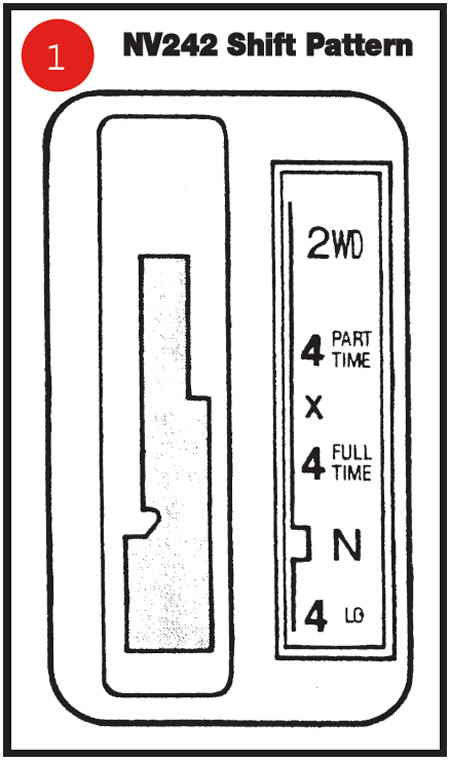
There is no front-axle disconnect, and the front driveshaft will turn anytime the front wheels are in motion. The part-time position locks the transfer-case differential, and torque is split 50/50 front and rear. This mode is for off-road use only. Using part-time 4WD on a dry paved road will damage the transfer case.
Looking at the shift pattern gives us one clue to this scenario. If the unit is operated in full-time 4WD, you must go through part-time to get back to 2WD. If the tire sizes are not matched, the differential will not release when placed in 2WD and will continue to send power to the front and rear wheels even while in the two-wheel-drive position.
All right, Sherlock, what do we know? We know the tire sizes are mismatched front and rear, and the unit will not come out of part-time 4WD. Driving like this on the dry highway immediately puts all the torque load onto the drive chain. The chain, which is normally very flexible, begins to overheat and stretch. The chain now becomes several inches longer, jumps off the sprocket and contacts the case, sending it to the big scrap barrel in the sky. Collateral damage to whatever is left happens quickly as the lube leaves with the case and the driveshafts continue to turn until the vehicle stops.
Conclusion
Repairing the transfer case is not cost effective, so it needs to be replaced with another unit. By finding the cause of the failure, we prevent an expensive comeback. Before the vehicle leaves the shop, all tires must be the same diameter and pressure. It also will be necessary to educate the customer into a preventive-maintenance routine, which includes checking tire pressures and diameters on all four wheels periodically. The life expectancy of the chain under the previous circumstances is about 200 miles. A shop that merely replaced the unit without checking all related parts of the driveline would be doing it again for free.
Customer Complaint
A Toyota 4 Runner arrives at the shop with the driver complaining of occasional gear jump-out in third and fourth. The truck is road-tested but operates properly. The shop arranges to keep the vehicle and use it during the day until the complaint shows up. The vehicle is carefully inspected, with no defects found. More road-testing makes the problem happen. The test pilot notes that the shift lever feels OK in 1st and 2nd but is a little sloppy in 3rd and 4th. If the driver holds the stick in 3rd gear it will not hop out.
Theory Review
With nothing visibly wrong under the vehicle, the problem must be internal, but how far internal? The sloppy feeling in the stick and the ability to hold it in gear by hand make the shift mechanism the most-likely suspect. It is decided that the first step will be to remove the shift tower and inspect its components.
The main shift lever is removed, the four bolts that retain the shift tower to the transmission are then removed, and the shift tower and stub stick are removed as an assembly. The nylon bushing that guides the shift finger into the main shift rail is intact and in good condition.
The snap ring that retains the stub stick in the shift tower is removed, and the stub stick and tension spring are removed from the housing. Looking into the housing reveals some pieces of green nylon that look like crumbled cheese. Under the stub stick is a flexible nylon seat for the ball of the stick, and there is a black rubber washer under that. Replacing these items and reassembling the shift tower result in a much more-positive feel to the shifter. The shift tower is re-installed and the truck driven again. The shifts are positive and there is no further gear hop-out.
There are degrees of internal inspection. Don’t rush to take the whole unit apart when inspection of the parts that are simpler to get at shows that they relate to the problem.
Customer Complaint
A late-model Camaro in which the shop had rebuilt the T56 6 speed transmission two months ago comes back with a complaint of 3rd-gear jump-out. A road test confirms the problem, and holding the stick in place by hand is impossible. All external causes are ruled out on the vehicle checkout, and the shifter is determined to be OK. All available information leads to an internal transmission problem.
Upon disassembly, the 3rd-speed gear and synchro assembly are found to be damaged. The sides of the synchronizer teeth that have the back-taper angle necessary to hold the unit in gear are badly worn. Studying the previous repair order shows that these parts had been replaced on the original repair.
New parts are installed and the unit put back into the car. This time the unit doesn’t make the road test. It hops out of third gear every time, but the test pilot reports that he can hold it in 3rd by hand. The unit is removed again and disassembled, making everybody involved depressed, and the rebuilder is stumped.
Theory Review
The synchronizer and gear are new, so it is easy to conclude that the damage was an effect instead of a cause. In passing, the rebuilder realizes that he inspected the shift forks but never removed them from the shift rail (see Figure 2). Now the aluminum forks and steel shift brackets are removed from the shift rail, and the rebuilder finds 0.020 inch of wear on the aluminum where the steel bracket contacts the fork. A little research with a standard-transmission tech service reveals that an updated steel fork is available, and the problem is solved.

Conclusion
When damage is found in one component, all related parts must be inspected carefully. Not inspecting all parts of the shift mechanism on the initial repair caused the warranty failure, two subsequent comebacks and a lot of wasted time.
Many of the problems outlined here did not need to be resolved inside the gearbox. In the real world, countless numbers of transmissions are removed and disassembled needlessly when they are not the cause of the problem. Think it through: Is this the cause, or is this merely an effect? Build a game plan for thorough diagnosis, and make it your religion. Learn the theory and improve all forms of communication. Every dollar of waste you can cut goes right to the bottom line as 100% profit.











